学校地址:广东省东莞市高埗镇广场北路19号
学校邮箱: enquiry@asj-dg.com
招生电话: (+86)0769-88785333
邮政编码:523270
新闻活动
小学部:数学之旅

Numeracy in Action|Primary Years
数学之旅|小学部
Grade 1
In Grade 1, students explored 2D shapes and their properties by using small, transparent coloured shapes to count sides and corners, deepening their understanding through hands-on learning. Additionally, they practised using ordinal and cardinal numbers in engaging group activities, including crafting short stories that creatively integrated ordering, sequencing, and counting.
在一年级的数学课中,学生们通过透明彩色的图形教学模具数了数边和角,从而探索了平面图形及其属性,并通过动手操作加深了对几何特性的理解。此外,他们还在小组活动中练习使用了序数和基数,包括创作小故事,巧妙地将排序、排列和计数融入其中。


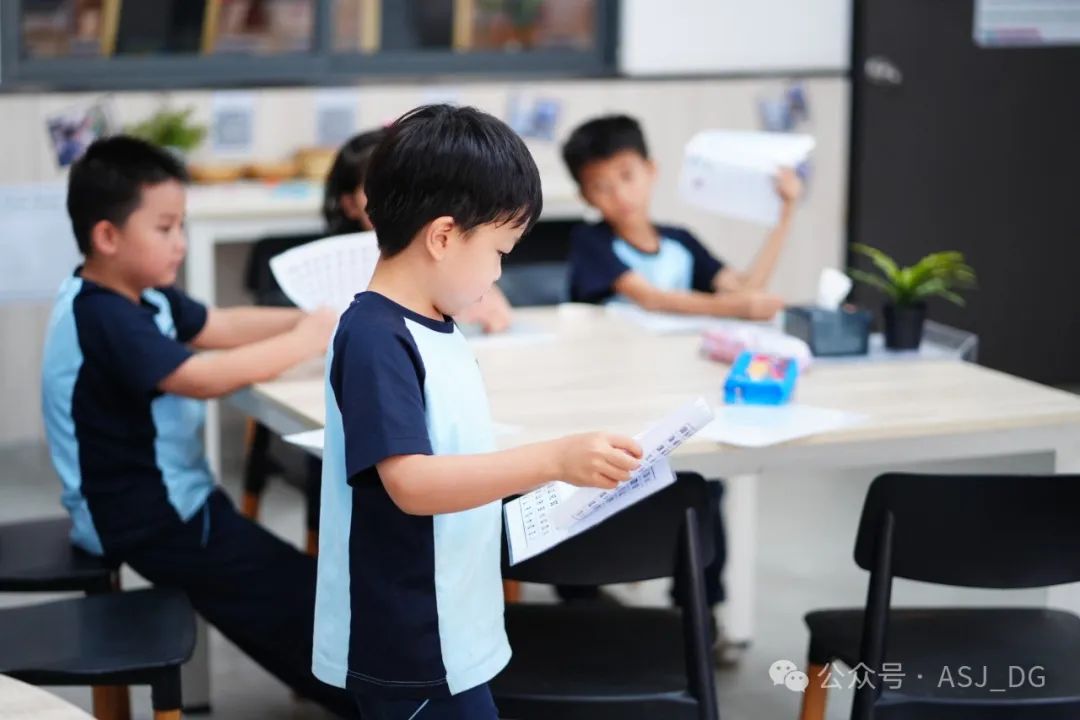


Grade 2
In Grade 2, students learned about elapsed time using timelines to calculate the passing of time. Through hands-on activities and solving real-life math problems, students developed their understanding and practical application of time-telling while enhancing their problem-solving skills.
在Grade2,学生们通过时间轴学习了计算时间流逝的方法。通过手工活动和解决实际生活中的数学问题,学生们不仅加深了对时间认知的理解和实际应用,还提高了他们的解决问题的能力。
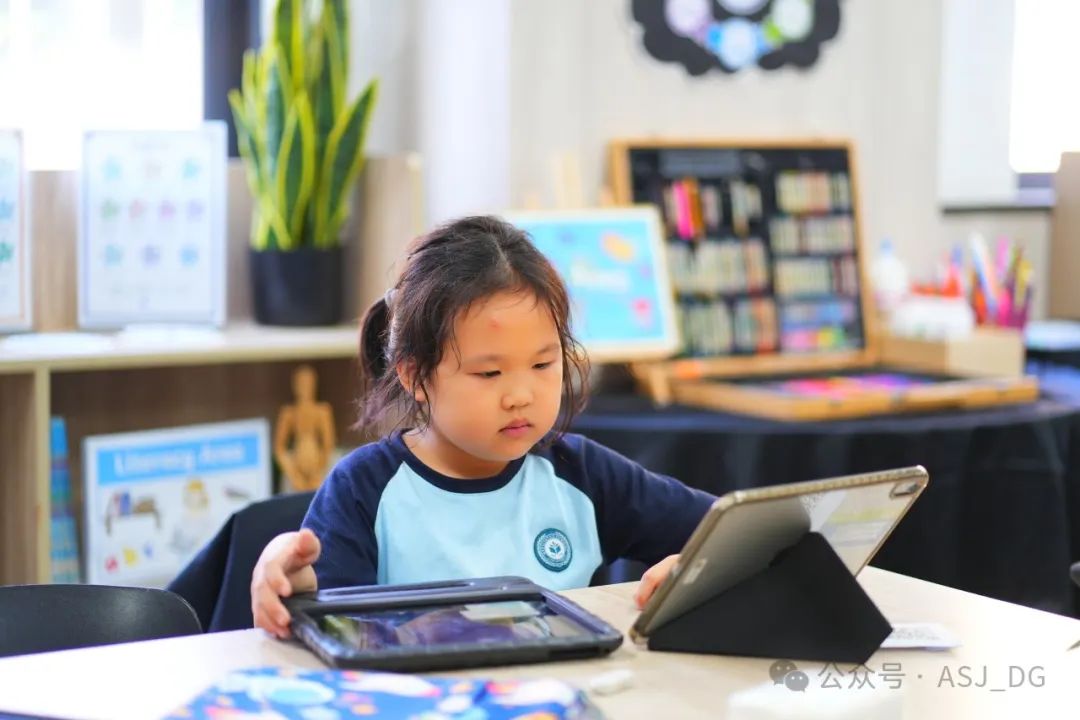
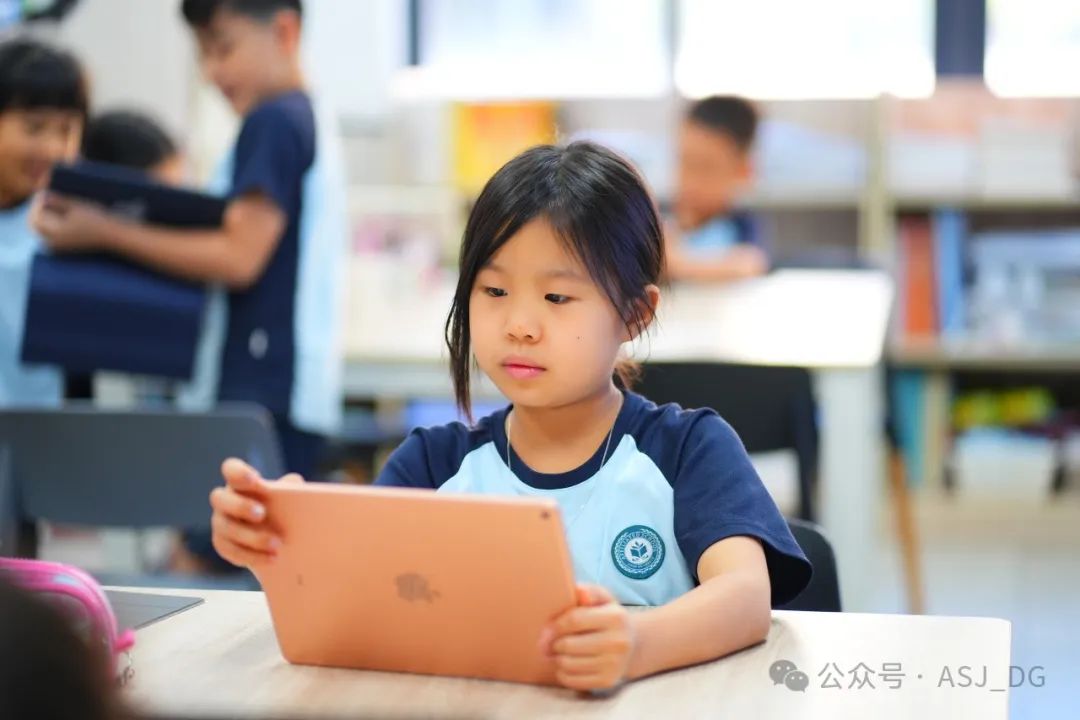
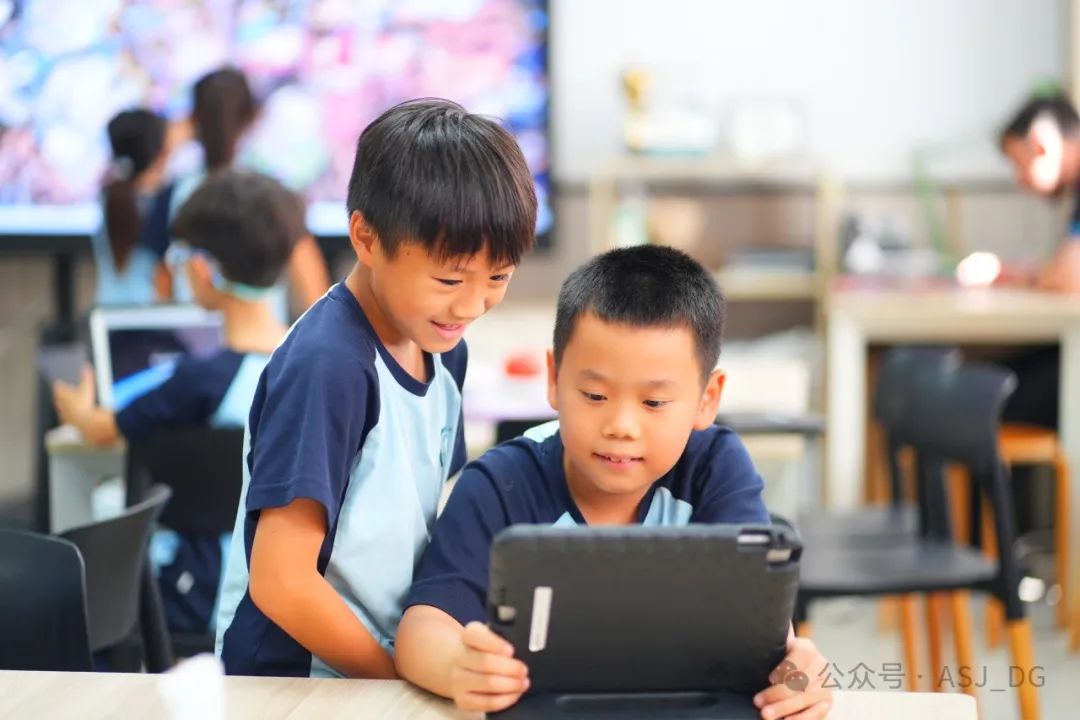
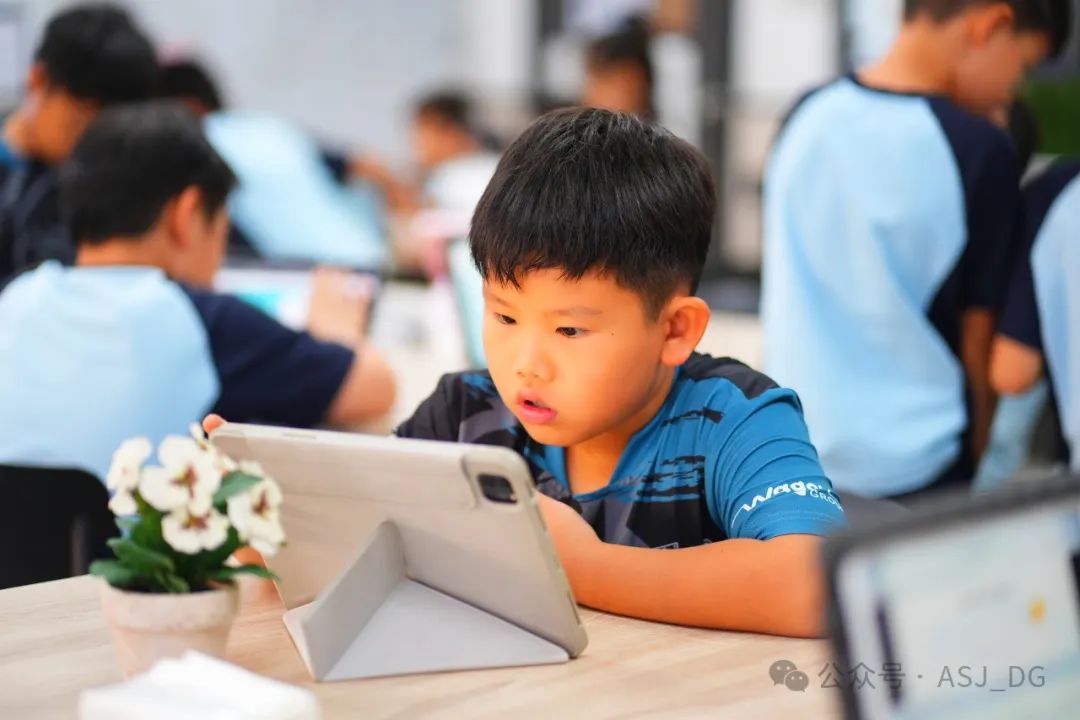
Grade 3
In Grade 3 this week, the students have continued exploring the four operations, focusing specifically on column subtraction with three or more digits. They are developing an understanding of the rationale and necessity for exchanging amounts between place value holders. Additionally, they are recognising different approaches to solving these problems, particularly in relation to the math taught in their homeroom and in Chinese math.
在本周,三年级的学生们继续探索四种数学运算,特别关注三位数或更多位数的列竖式减法。他们正在逐渐了解数位表的不同数位之间转换数值的基本原理和必要性。此外,他们了解到解决这些问题的不同方法,特别是在他们的课堂上教授的数学和中文数学方面的不同解题方法。
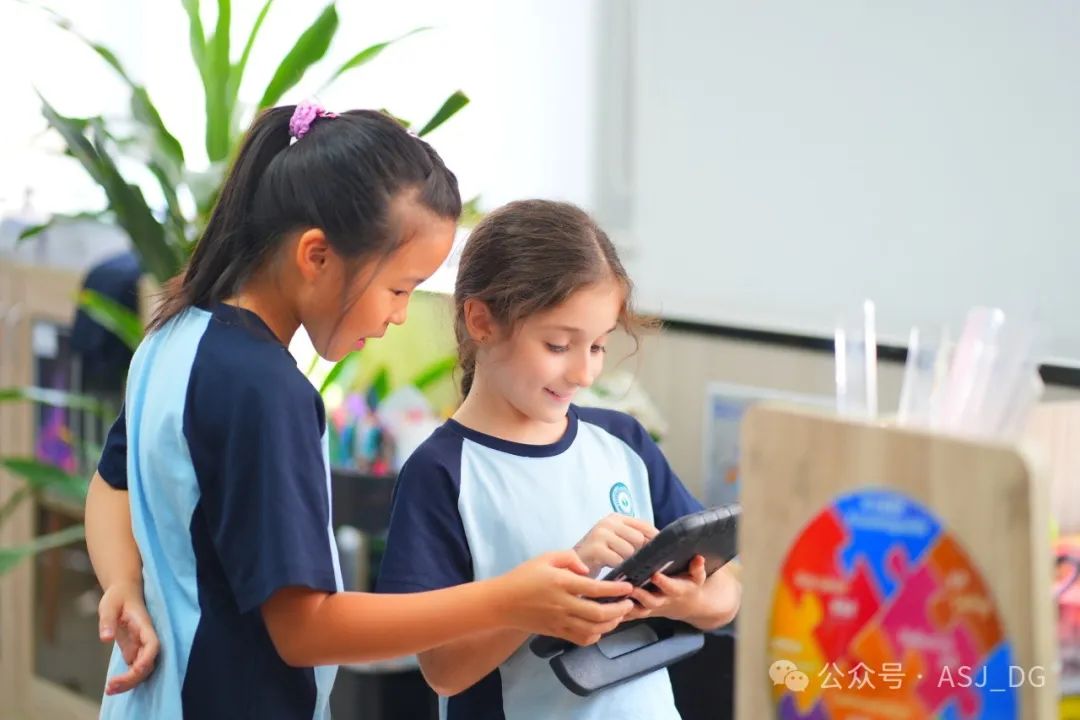
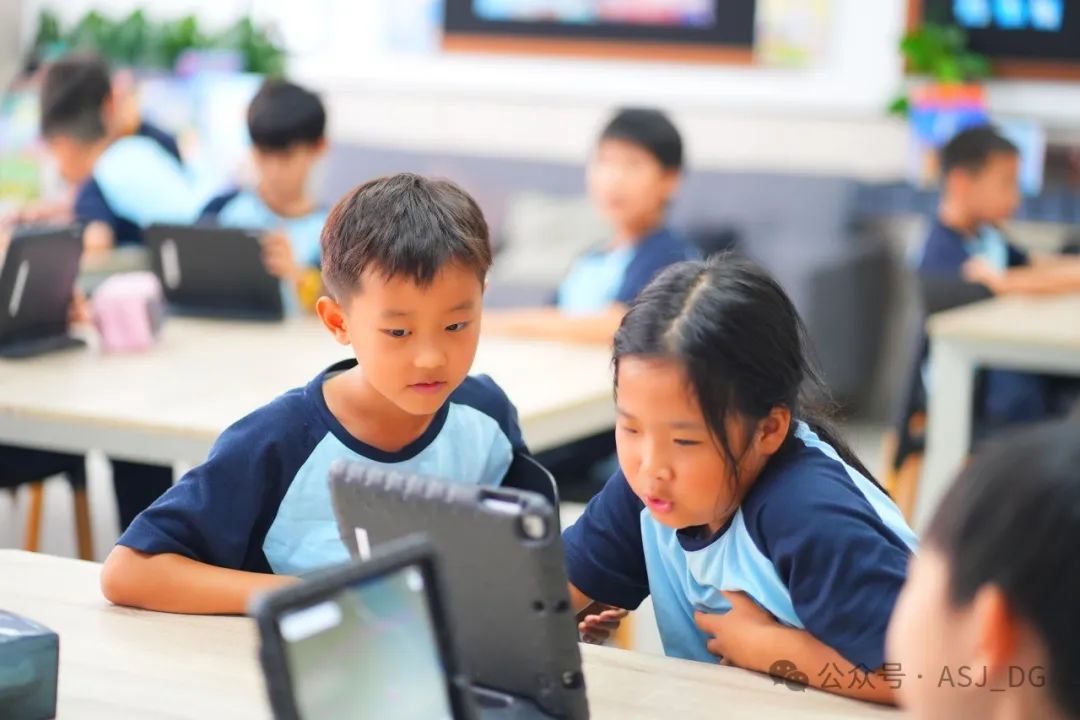
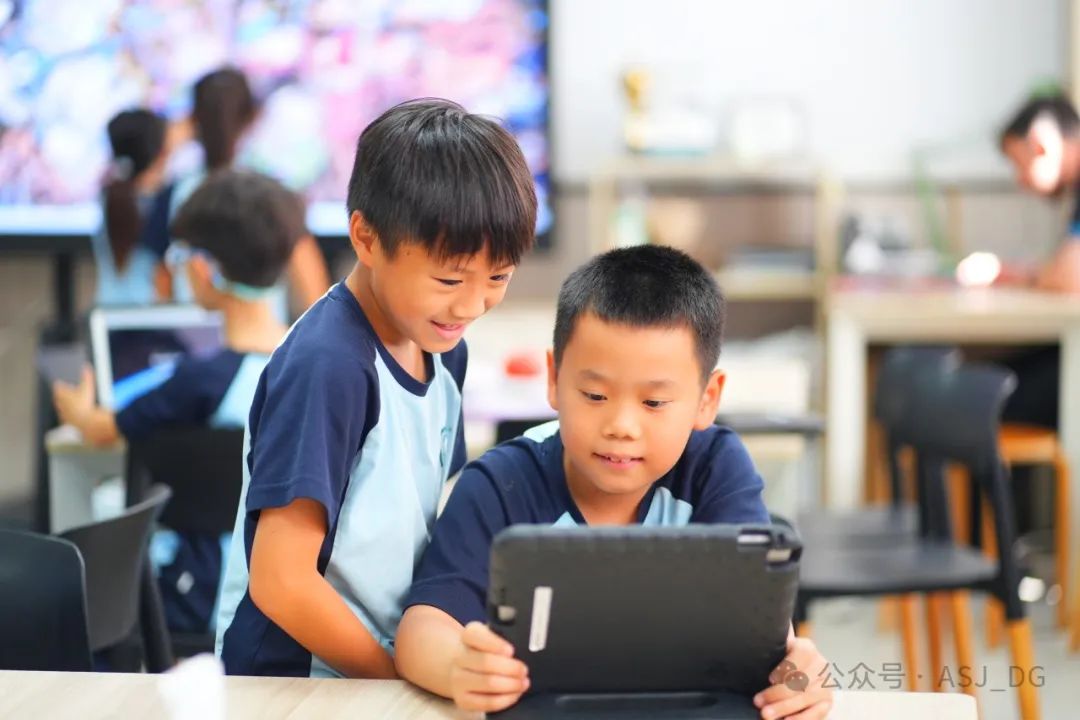
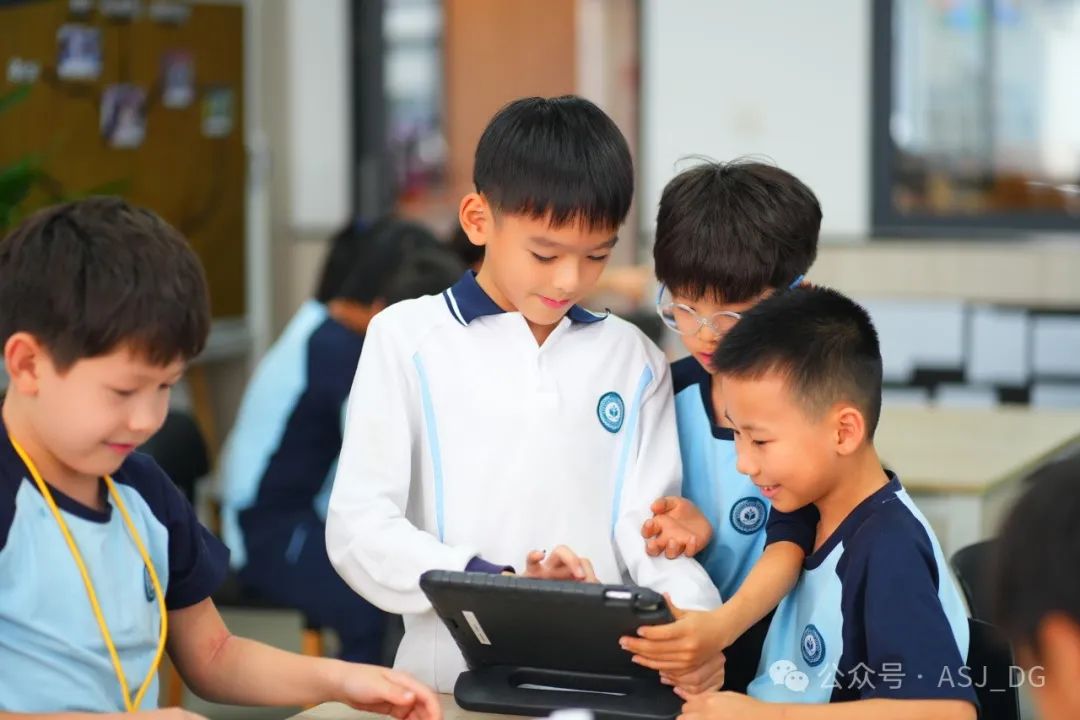
Grade 4
Grade 4 students have been learning about factors and multiples in math. Students can quickly work out the factors and multiples of numbers and have also learnt about prime numbers, common factors and factor pairs. Students finished by playing a game to deepen their understanding of the underlying concepts and help them develop their broader mathematical thinking.
四年级的学生们继续学习数学中的因数和倍数。学生们可以快速地算出数字的因数和倍数,并了解质数、公因数和一对因数。学生们通过玩游戏来加深对基本概念的理解,这有助于发展他们更广泛的数学思维。
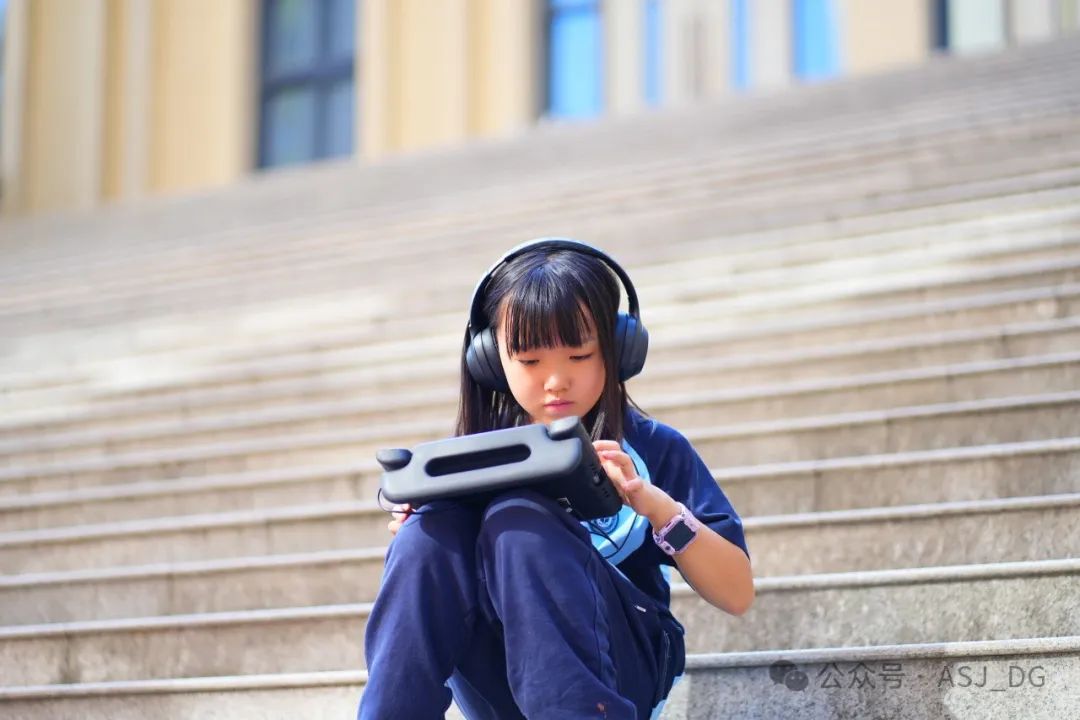
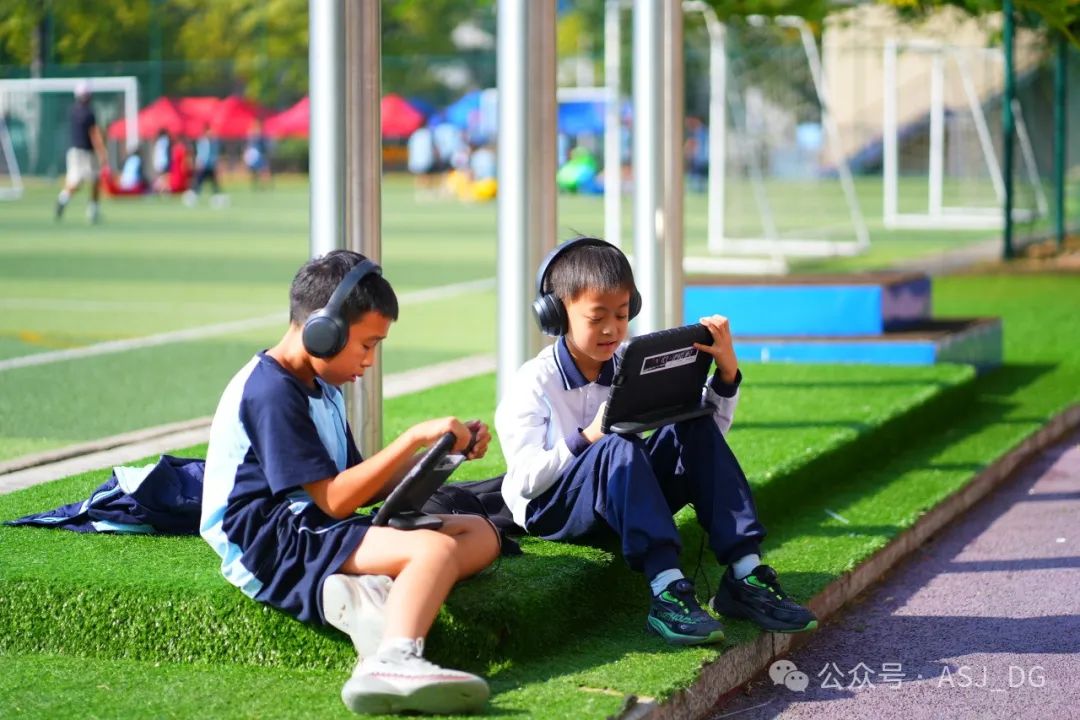
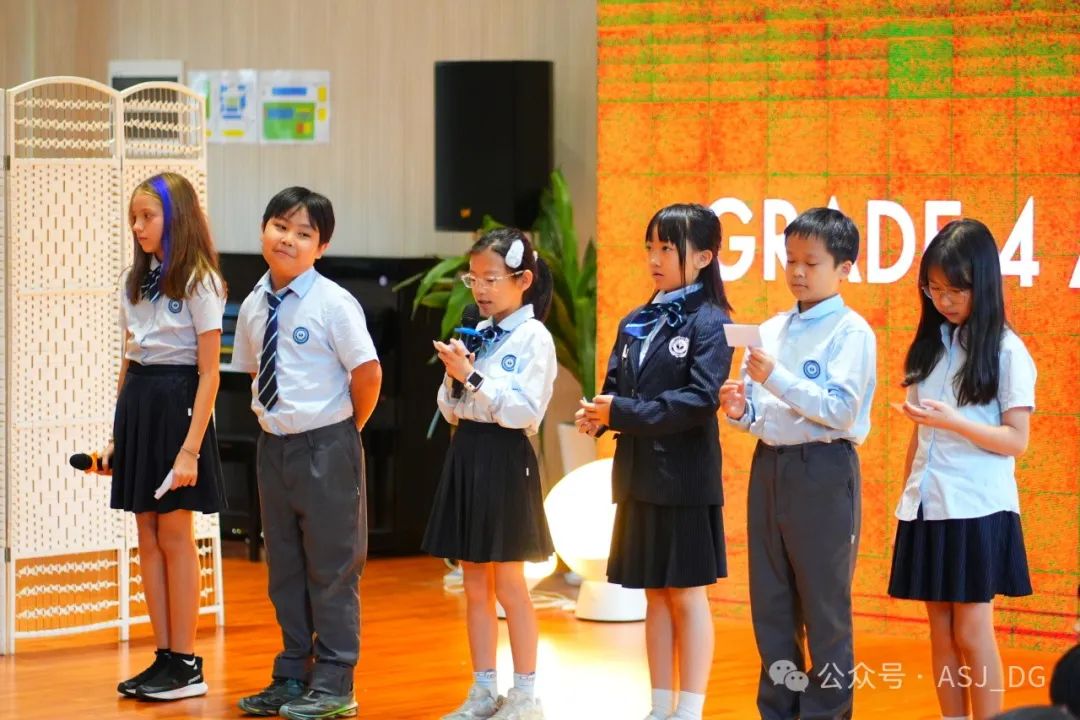
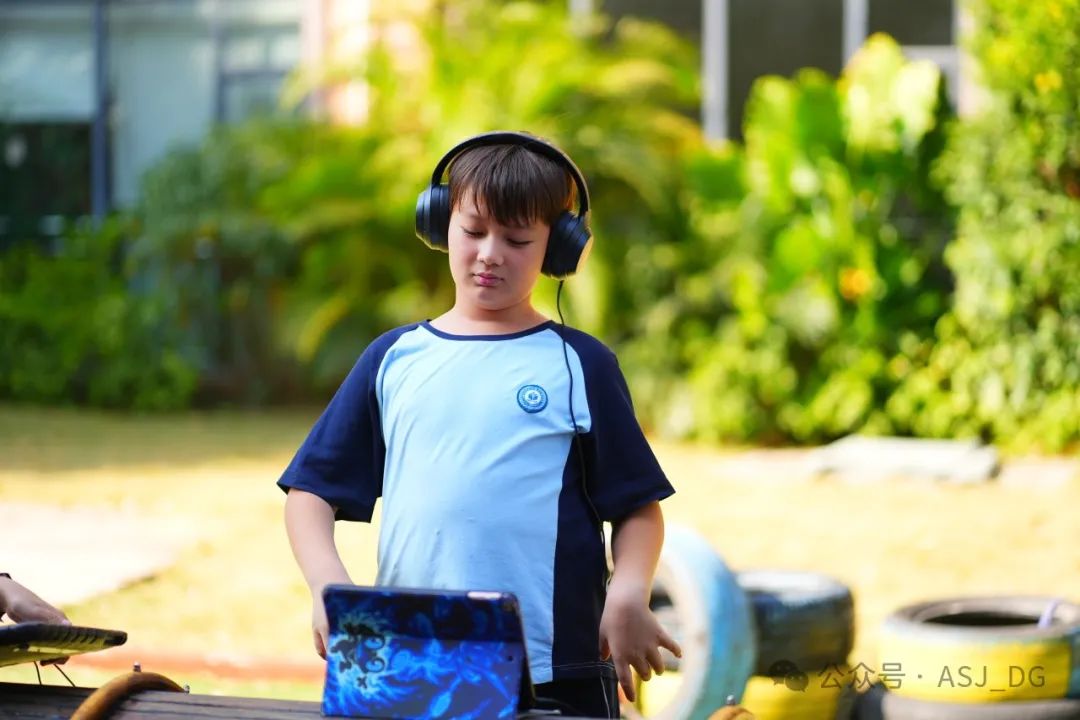
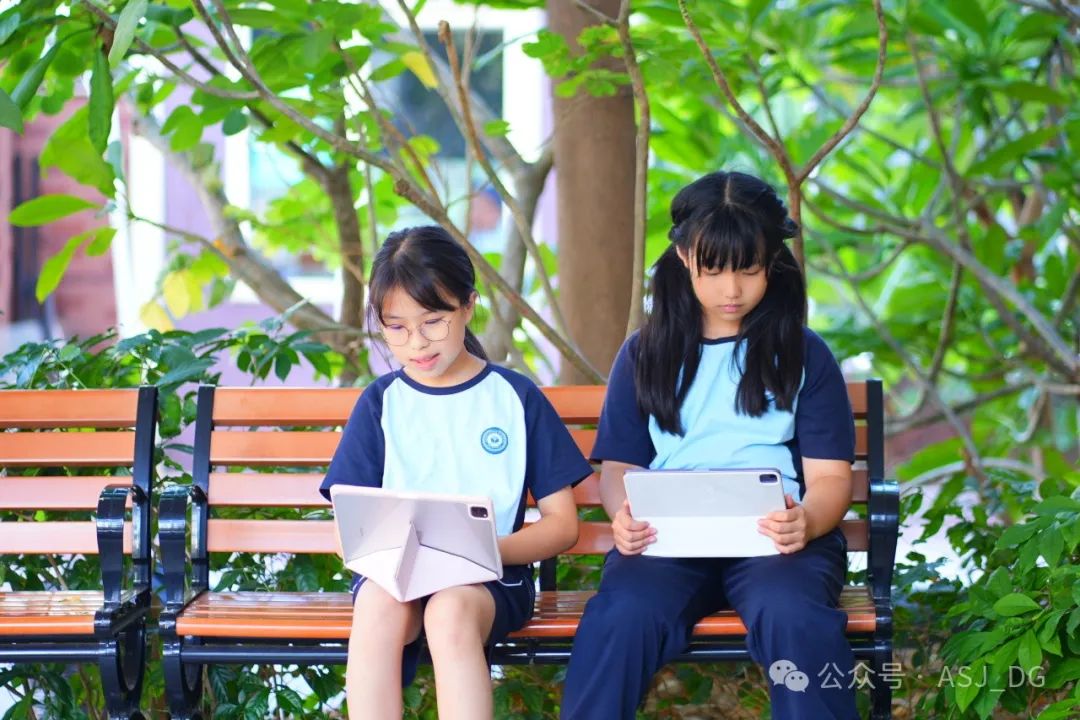
Grade 5
This week in Grade 5, students looked at Place Value and Exponents. Students investigated how to solve numbers using repeated multiplication and writing in exponential form.
本周,五年级学生学习了位值和指数。学生们研究了如何使用重复乘法和指数形式书写来求解数字。
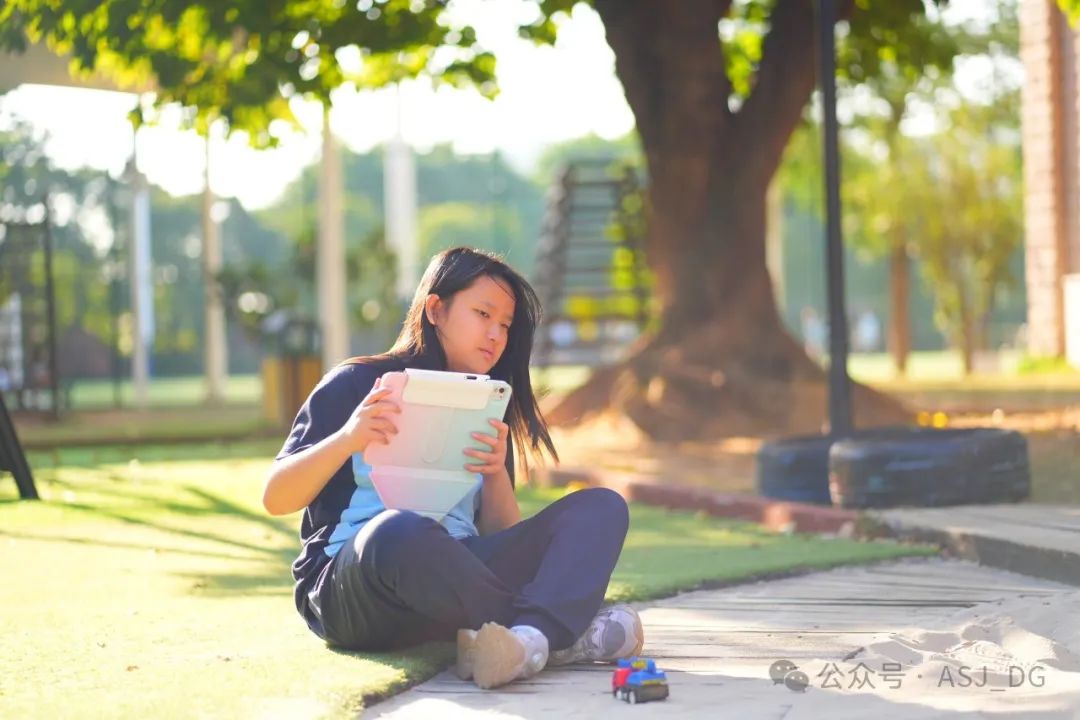

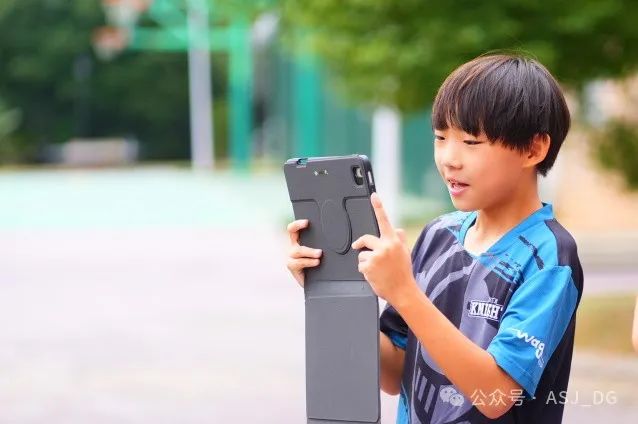

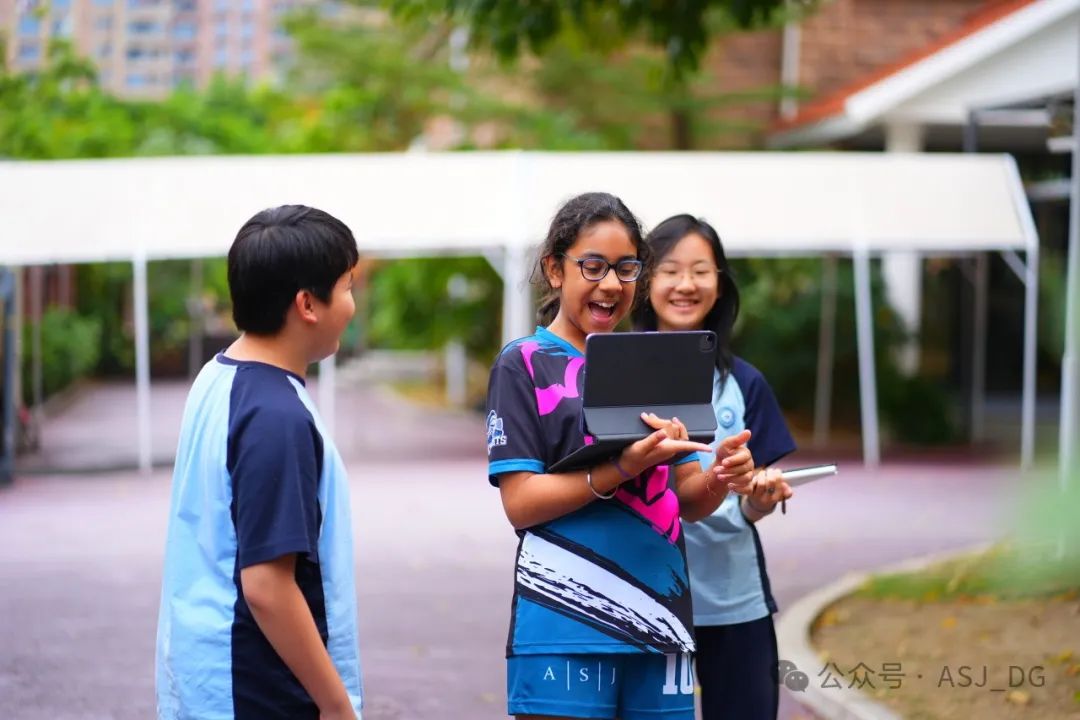
Grade 6A
In Grade 6A, students deepened their knowledge of fractions, concentrating on converting improper fractions to mixed numbers, solving fraction-based addition and subtraction, and analysing word problems with mixed numbers.
在六年级A班,学生们深入学习了分数知识,重点包括将假分数转换为带分数,解决分数加减问题,以及分析带分数的应用题。
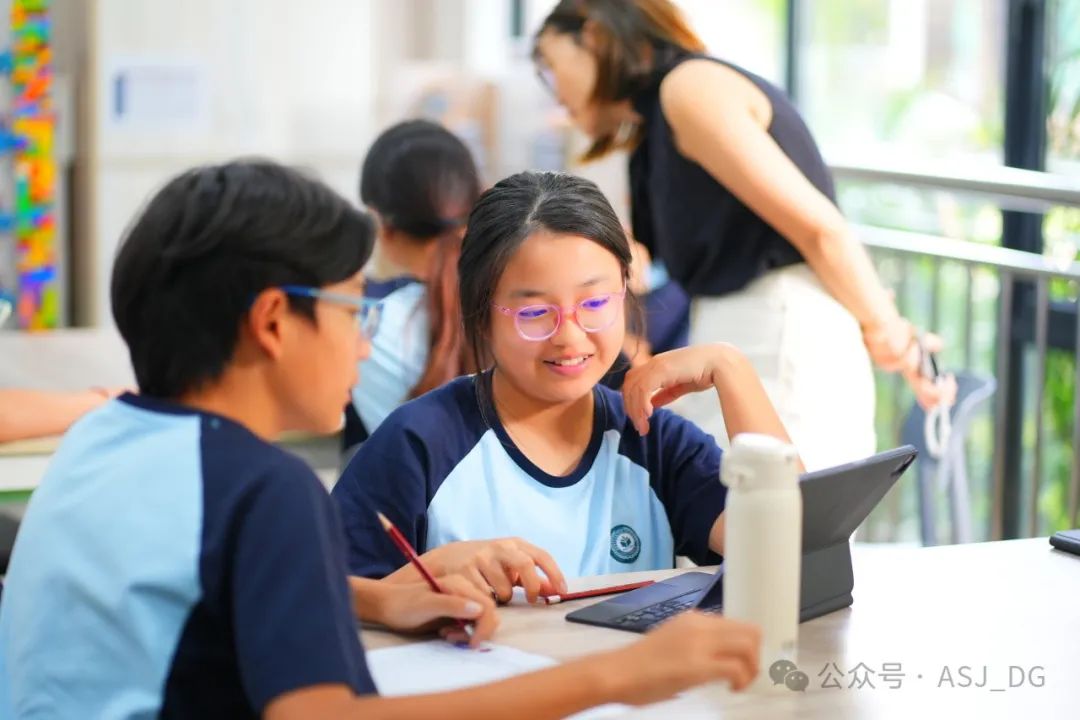
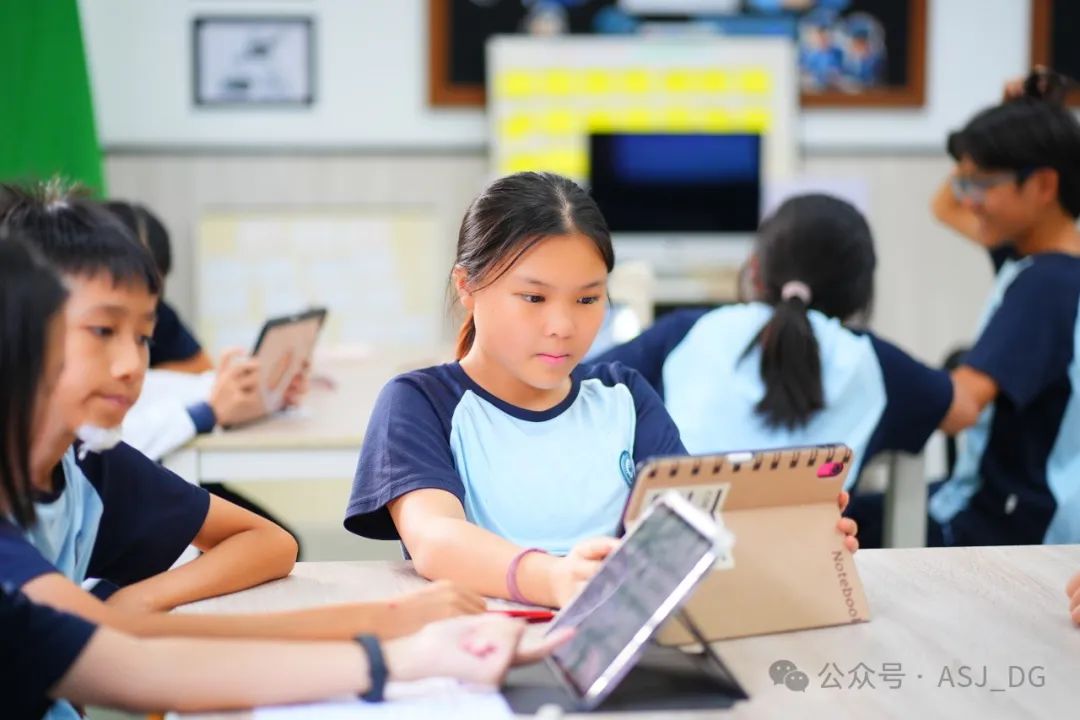

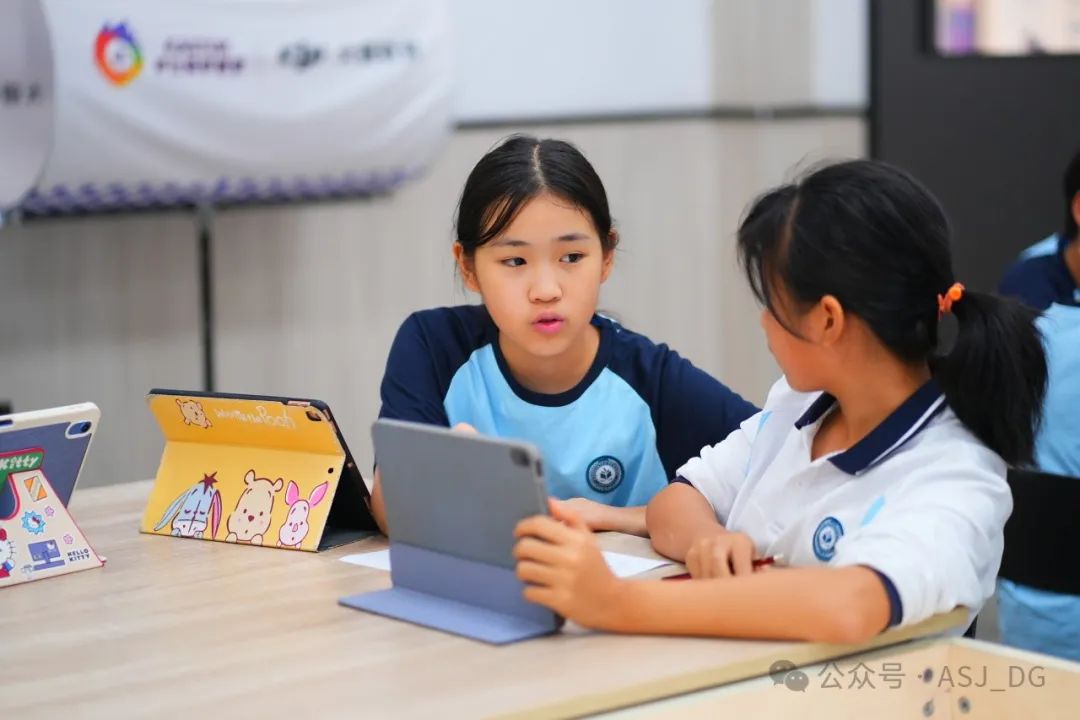
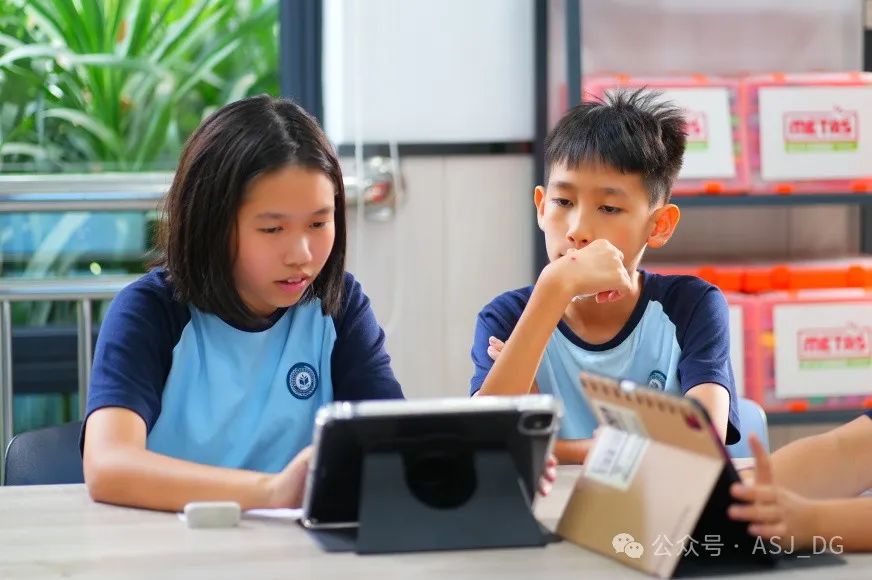
Grade 6B
In Grade 6B, students engaged in an exciting week of numeracy, focusing on fractions. They reviewed addition of fractions and seamlessly transitioned to learning about fraction subtraction, enhancing their understanding and confidence in mathematical concepts.
在六年级B班,学生们进行了一周令人兴奋的数学学习,重点是分数。他们复习了分数的加法,并顺利过渡到学习分数的减法,增强了他们对数学概念的理解和信心。
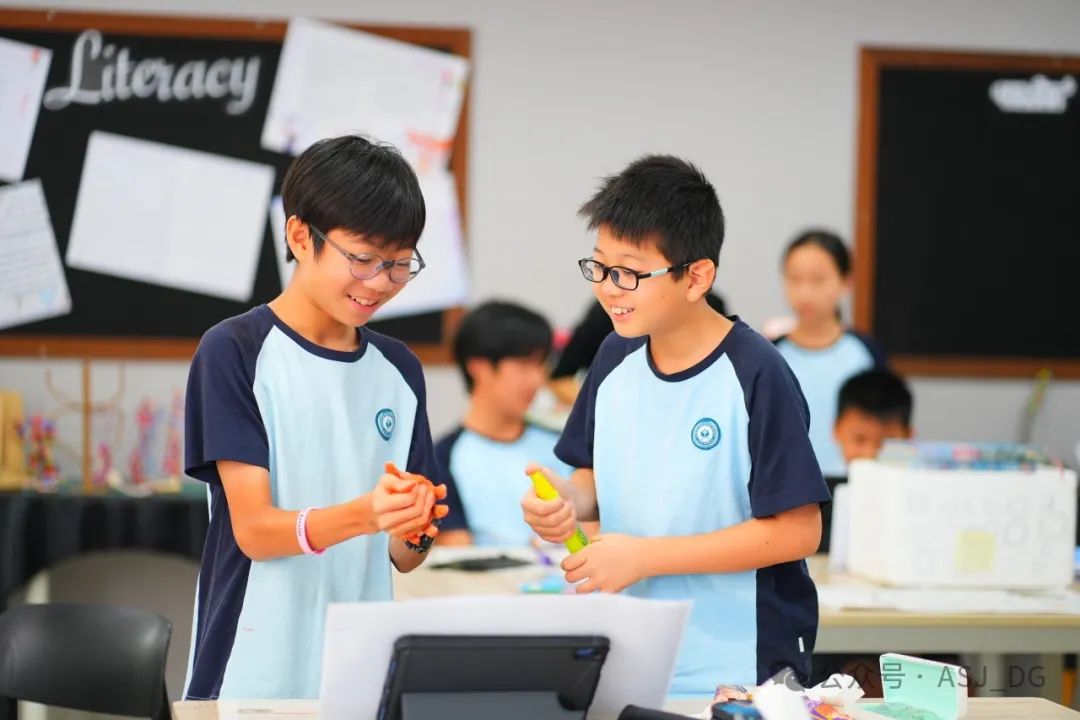

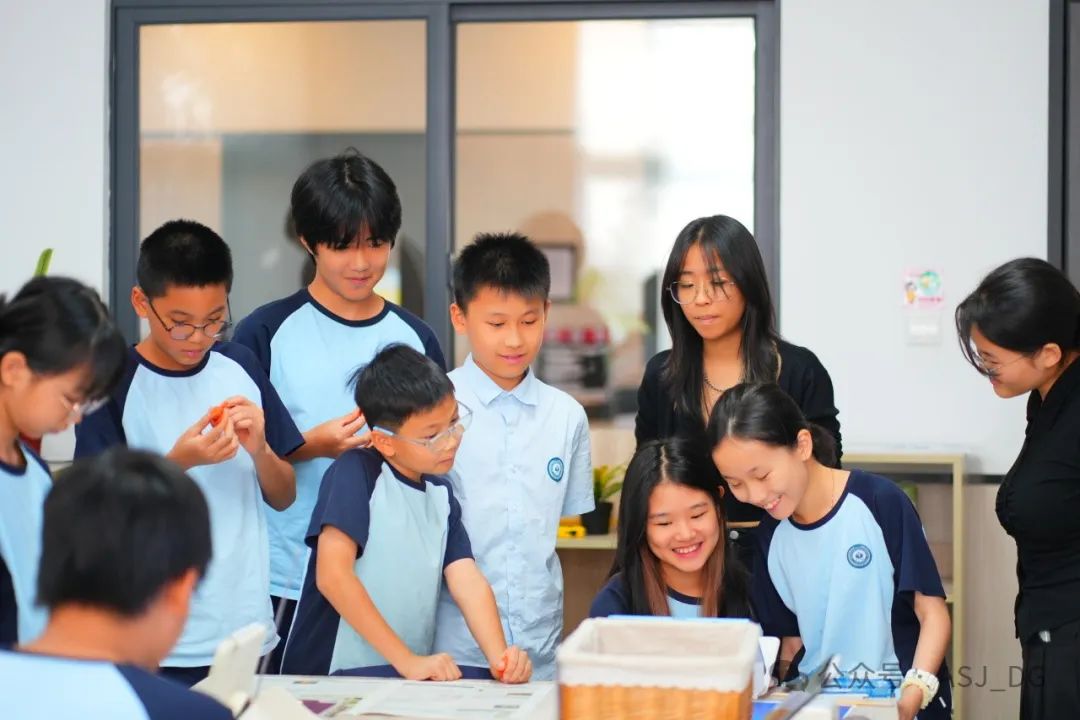

Art
This week in art, students explored math concepts like symmetry, spatial awareness, patterns, shapes, and gradients. Activities included creating mirrored designs, arranging community scenes, designing patterned tiles, constructing pots with geometric shapes, and overlaying colors to achieve realistic shading. These tasks highlighted how art connects with geometry, sequencing, and spatial organization, enriching students' understanding of both subjects.
本周的美术课上,学生们探索了对称、空间意识、图案、形状和渐变等数学概念。活动包括设计镜像图案、排列社区场景、设计图案瓷砖、用几何形状制作花瓶以及通过叠加颜色实现逼真的阴影效果。这些任务强调了艺术与几何学、顺序和空间组织之间的联系,丰富了学生对这两个学科的理解。
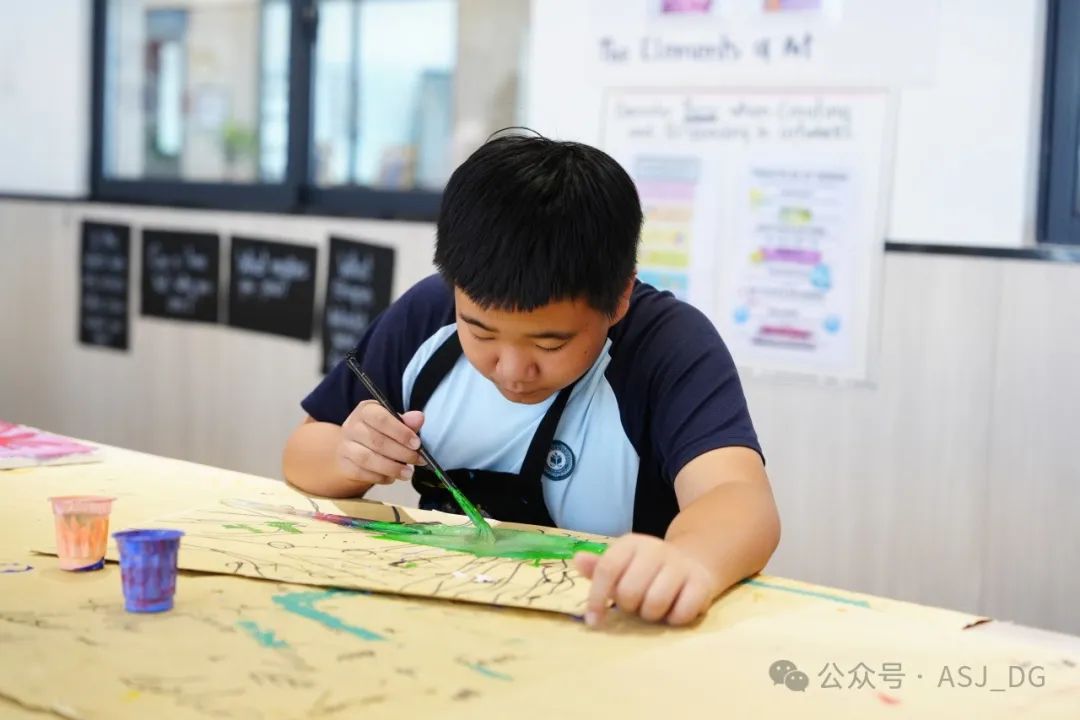
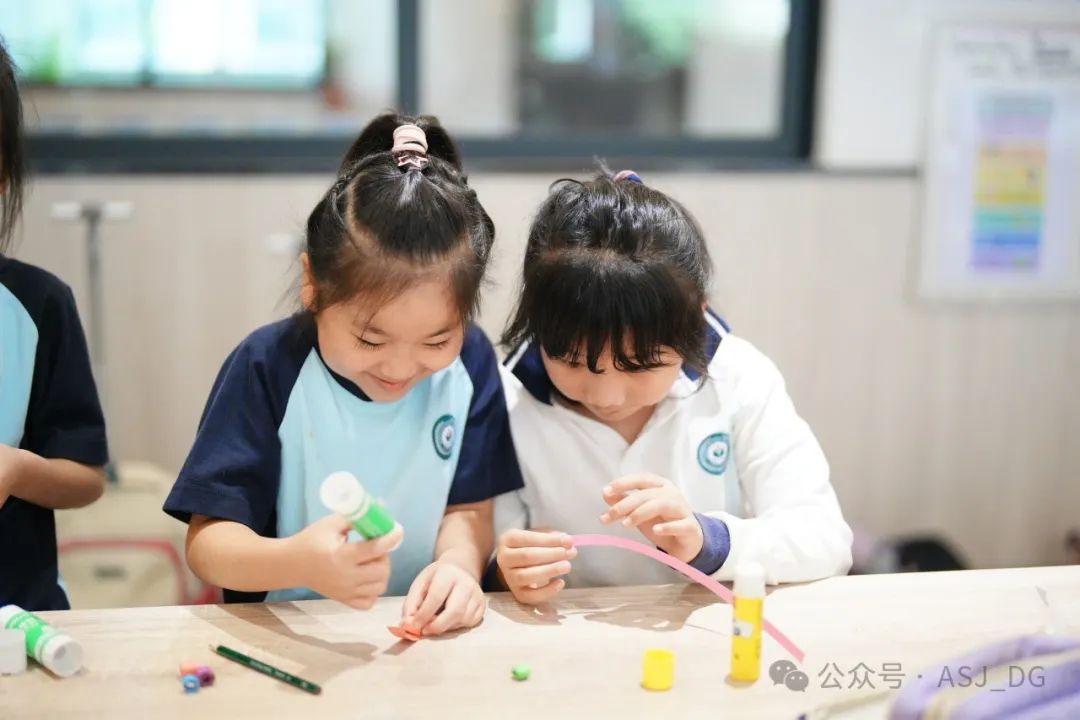
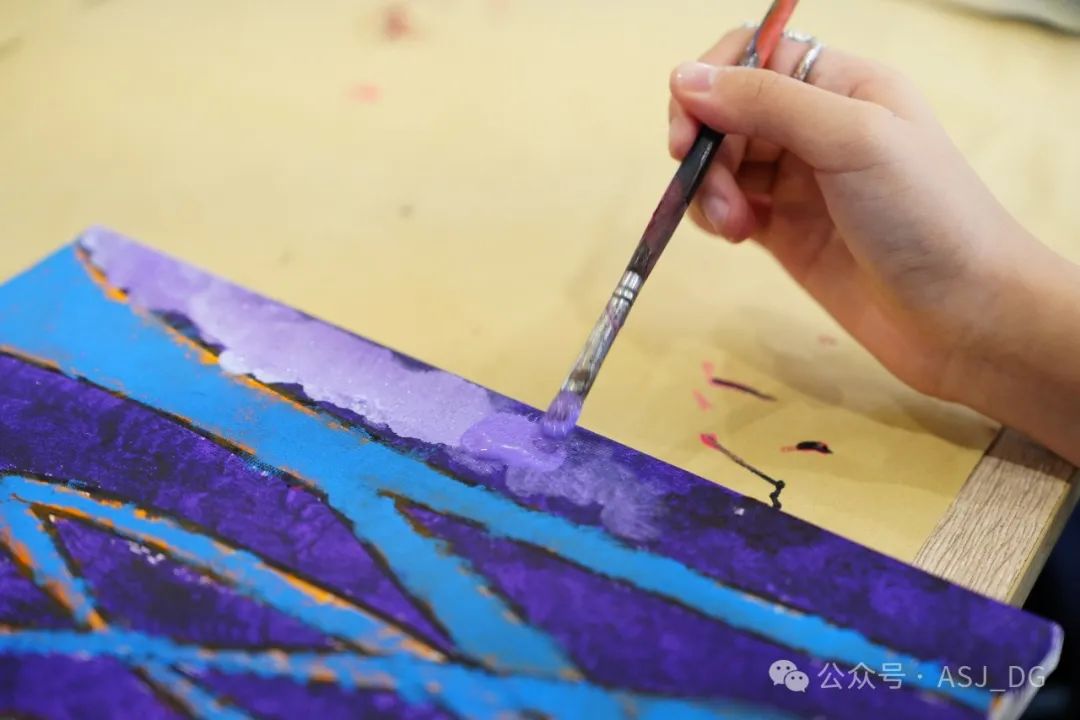
Music
The music lessons integrated numeracy by exploring rhythms and patterns, enhancing students' counting and sequencing skills. Learning global music introduced diverse beats, reinforcing mathematical concepts. This approach helped students understand the relationship between music and numbers, fostering analytical thinking and cultural appreciation through engaging activities.
音乐课程通过探索节奏和模式来整合数学,提高学生的计数和排序技能。学习全球音乐引入了不同的节拍,强化了数学概念。这种方法帮助学生理解音乐和数字之间的关系,通过参与活动培养分析思维和文化欣赏。
ICT
Numeracy plays a pivotal role in the media creation process throughout Grades 1 to 6. Students learned to create visually appealing digital art using symmetry, coordinates, camera settings, and editing techniques. They also learned to calculate frame rates for animation, manage timelines, and practice sequencing for their video creation. Additionally, they gained knowledge of coding simple dimensions and ratios for responsive web designs. Through these media projects, students not only enhance their ICT proficiency but also recognise numeracy as a practical tool for creativity, precision, and structure in digital storytelling.
算术在1年级到6年级的媒体创作过程中起着关键作用。学生们学会了使用对称、坐标、相机设置和编辑技术来创作视觉上吸引人的数字艺术。他们还学习了计算动画的帧率、管理时间线,以及练习视频创作的排序。此外,他们还学习了为响应式网页设计编写简单的尺寸和比例代码。通过这些媒体项目,学生不仅提高了他们的信息通信技术熟练程度,而且认识到算术是数字故事中创造力、精确度和结构的实用工具。
Mandarin FL
Grade 2 students studied "《登鹳雀楼》" and "《望庐山瀑布》". By depicting scenes in the ancient poems, students were guided to observe the connection between numbers and natural landscapes, such as the number of levels and distances mentioned in the poems, thereby enhancing their numeracy awareness and integrating mathematical thinking into the appreciation of literature.
Grade 4 students studied "《精卫填海》". Through the story of Jing Wei's persistent spirit in filling the sea, students were inspired to develop a tenacious attitude with their math studies, especially when tackling complex mathematical problems.
Grade 5 students studied "《示儿》《题临安邸》 《己亥杂诗》". These ancient poems allowed students to experience the poets' patriotic sentiments and honed their logical analysis skills by analysing poetic structure and comprehension of lyrical meaning. This complements the numeracy skills in mathematics, helping students to approach problem-solving with greater clarity and organisation.
Grade 6 students studied the text ‘Growing Up in Summer’. This text tells us that summer is the season when all things grow rapidly, and plants have different growth rules in different seasons. The ancient labouring people created many proverbs related to the months based on these laws and their own life experiences. For example, there is a proverb in the text ‘六月六,看谷秀’. It means that the crops bloom around the sixth day of the sixth lunar month. To let students understand the rules of plant growth in different months and explore the secrets of nature, students learned proverbs from January to December of the lunar calendar.
二年级学生学习了《登鹳雀楼》和《望庐山瀑布》,通过古诗中的景象描绘,我们引导学生观察数字与自然景观的联系,如诗中的层数、距离等,将数学思维融入文学欣赏中。
四年级的学生学习了《精卫填海》,通过故事中精卫坚持不懈填海的精神,激励学生在数学学习中培养坚韧不拔的态度,特别是在解决复杂数学问题时。
五年级的学生学习了《示儿》、《题临安邸》和《己亥杂诗》,这些古诗不仅让学生体会到了诗人的爱国情怀,而且在分析诗歌结构和理解诗意的过程中,锻炼了学生的逻辑分析能力,帮助学生在解决问题时更加条理清晰。
六年级的学生学习了课文《夏日里的成长》。这篇课文告诉我们夏天是万物迅速生长的季节,植物在不同的季节有自己的生长规律。古代的劳动人民根据这些规律,结合自己的生活经验,创造出很多和月份有关的谚语。例如,《夏日里的成长》这篇课文中有这样一句谚语——六月六,看谷秀。意思是农历六月初六前后庄稼抽穗开花。为了让学生们了解不同月份植物生长的规律,探索发现大自然的秘密,我们按照数字排序,学习了农历一月到十二月的谚语。
Mandarin AL
Students in Grade 3 and Grade 4 are learning about household chores. They were encouraged to complete some household chores at home and collect statistics in the form of tables and data. Students in Grade 5 and Grade 6 learned about the theme of a charity fair. In this lesson, students discussed how to calculate the cost, selling price, and profit of charity goods.
三、四年级学生学习以家务活为主题的知识,本周我们鼓励学生在家里完成一些力所能及的家务活并以表格和数据的方式进行统计。五、六年级学生学习以义卖会为主题的知识,学生在本课中讨论如何计算义卖品的成本、售价和利润。
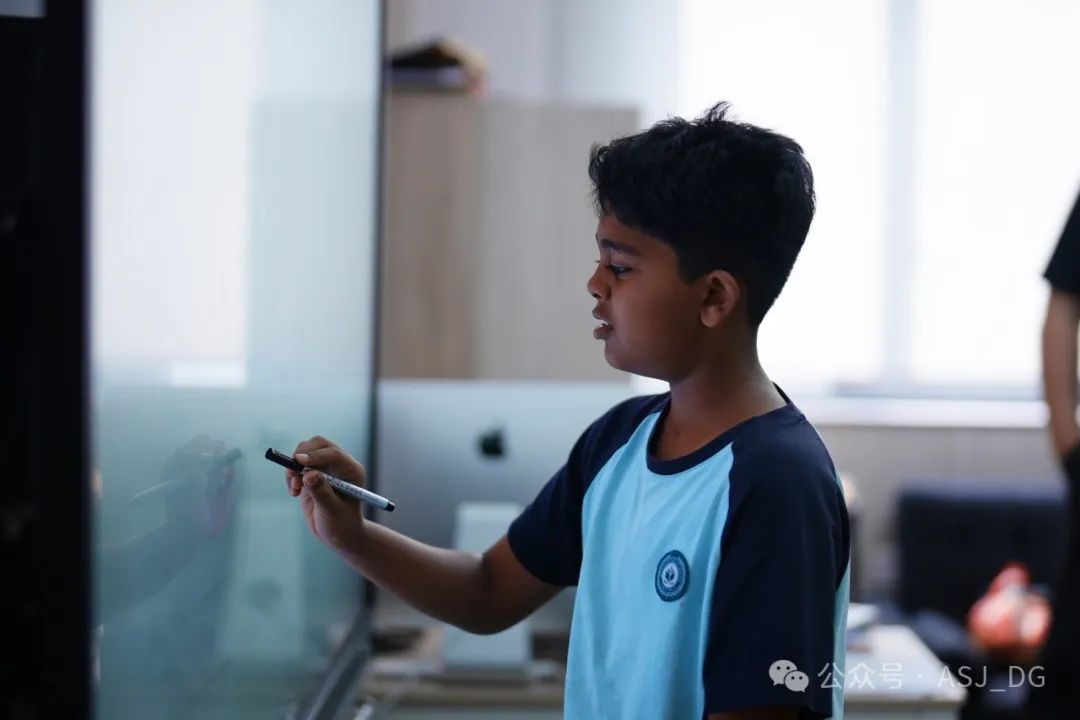
Library
The Grade 3 Library Club students used dice to determine the details of the stories they created. The roll-of-a-dice determined which character(s), setting and problem would appear in their original wiring pieces. The Grade 1 students read about the enchanted world of “The Numberleys” and imagined a world where no alphabet existed - only numbers.
三年级图书馆俱乐部的学生用骰子来确定他们所创作的故事的细节。骰子的滚动决定了哪个角色、场景和问题将出现在他们最初的布线中。一年级的学生阅读了《数字王国》中关于魔法世界的描述,想象出一个没有字母而只有数字的世界。
Chinese Maths
This week's third grade test reviewed the conversion between weight units and length units in the third unit test to improve students' calculation skills. Grade 4 students learned about angles this week and learned to calculate the measure of an angle. Fifth grade students learned to retain approximate numbers and recognise recurring decimals based on mastering decimal division. The sixth grade focused on reviewing the division of fractions and discussing the relationship between total workload, work efficiency and working time.
By engaging in mixed addition and subtraction calculations within 10, students have enhanced their number sense and computational skills in Numeracy, with unit tests further solidifying their foundational math knowledge.
This week in math class, the focus was on learning the multiplication tables for 2, 3, 4, and 5. Through repeated practice, students improved their calculation speed and strengthened their understanding and application of basic mathematical concepts, laying a solid foundation for solving more complex math problems.
本周的三年级测试中复习重量单位和长度单位之间的转换,以提高学生的计算能力。四年级学生本周学习了角度,并学习了计算角度的尺寸。五年级学生在掌握小数除法的基础上,学习记住近似数字并识别循环小数。六年级重点复习分数的除法,讨论总工作量、工作效率和工作时间之间的关系。
一年级的学生学习了10以内加减混合计算,提升了数感和运算能力,在复习第一、二单元的知识后,通过单元测试进一步巩固了数学基础。
二年级重点学习了2、3、4、5的乘法口诀,通过反复练习,学生在提高计算速度的同时,也加强了对基础数学概念的理解和应用,为解决更复杂的数学问题打下了坚实的基础。
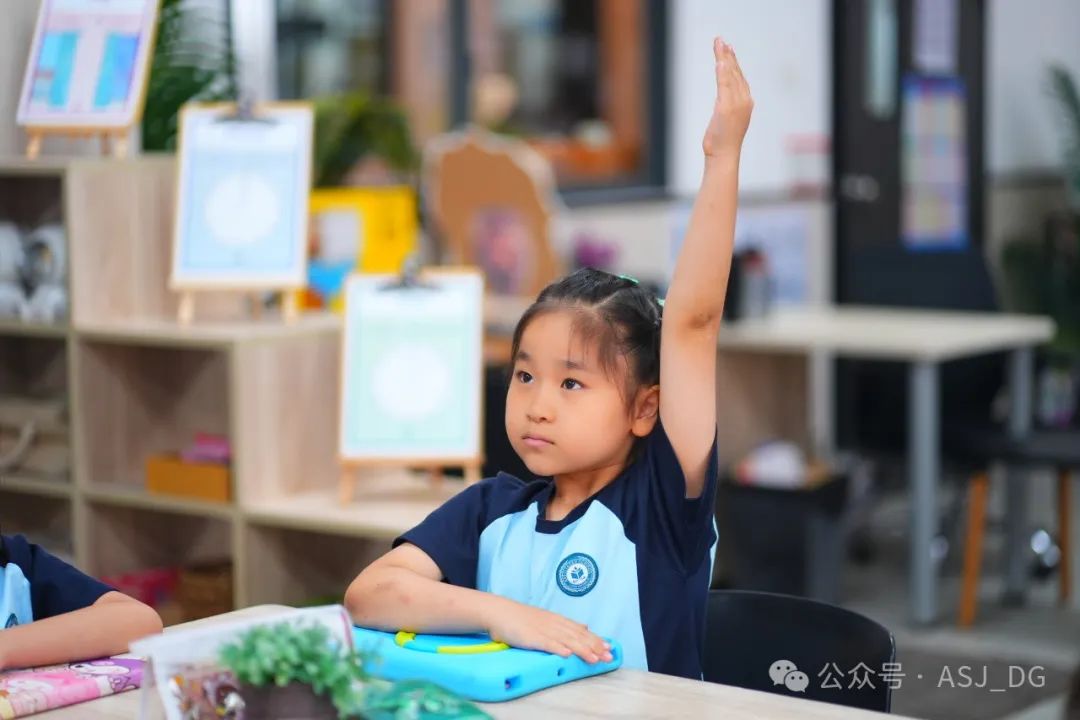
P.E.
This week in P.E. the Upper Primary School students used their new skills learnt over the previous weeks to compete in 5 track and field events. In shot put, discus and long jump, students measured their best jumps using metres and centimetres. In the egg and spoon and sprint race students measured their time in seconds and milliseconds.
In Lower Primary, students practised long jump, skip run, hurdles, and overhead throw. In the lessons, students worked on their physical skills and explored their own results in different sports by calculating time and distance.
本周,小学高年级学生在体育课上运用了前几周学到的技能,参加了5项田径比赛。在铅球、铁饼和跳远项目中,学生们用米和厘米测量了他们的最佳跳跃距离。在鸡蛋、勺子和冲刺赛中,学生们以秒和毫秒为单位测量了他们的时间。
小学低年级学生练习了跳远、跳绳、跨栏和头顶投掷。在课程中,学生们通过计算时间和距离,锻炼了他们的身体技能,并探索了他们在不同运动中的成绩。
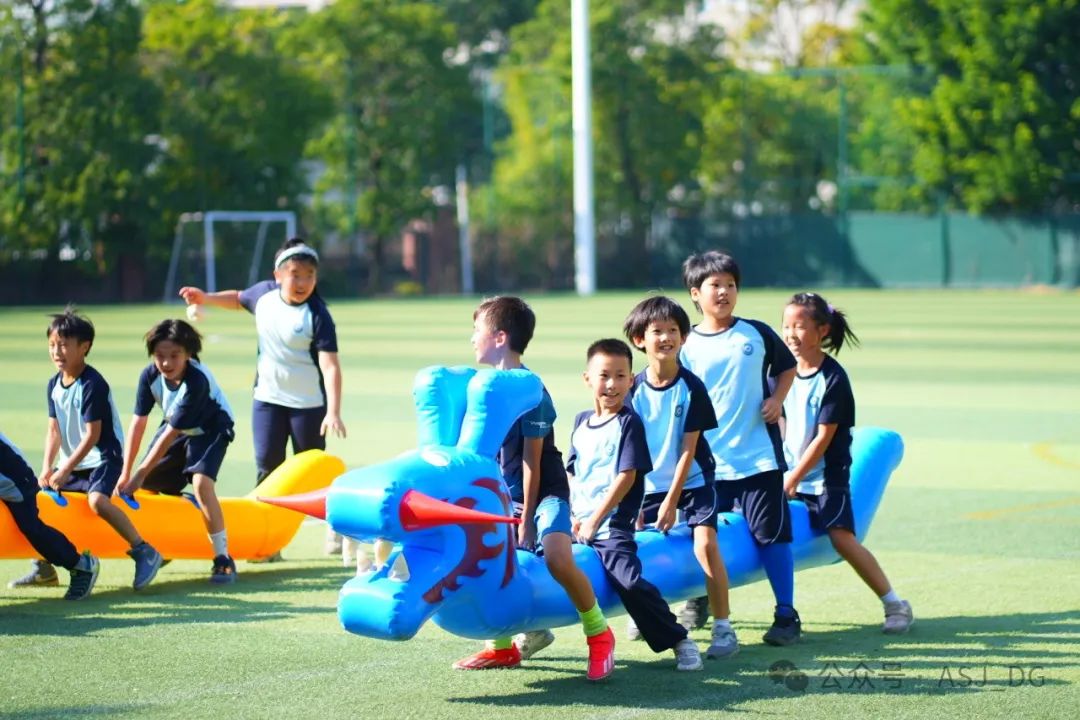


学校地址:广东省东莞市高埗镇广场北路19号
学校邮箱: enquiry@asj-dg.com
招生电话: (+86)0769-88785333
邮政编码:523270